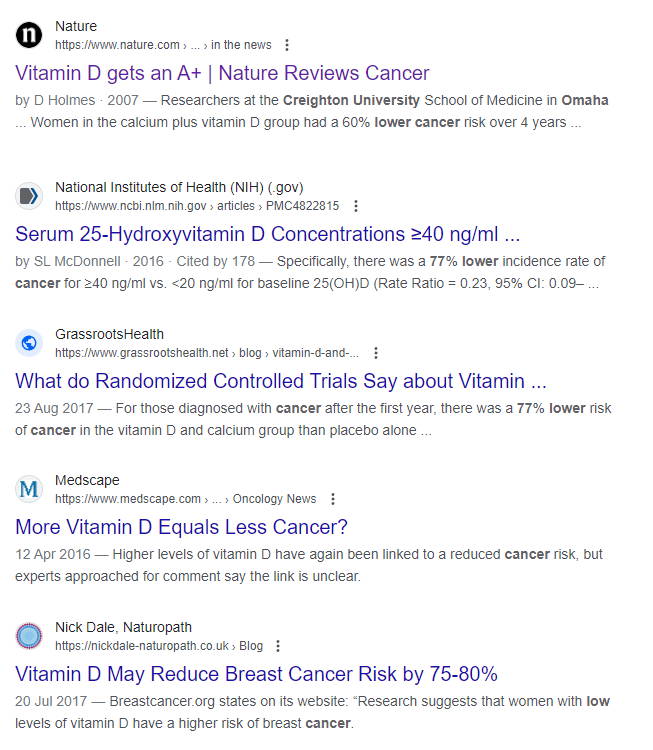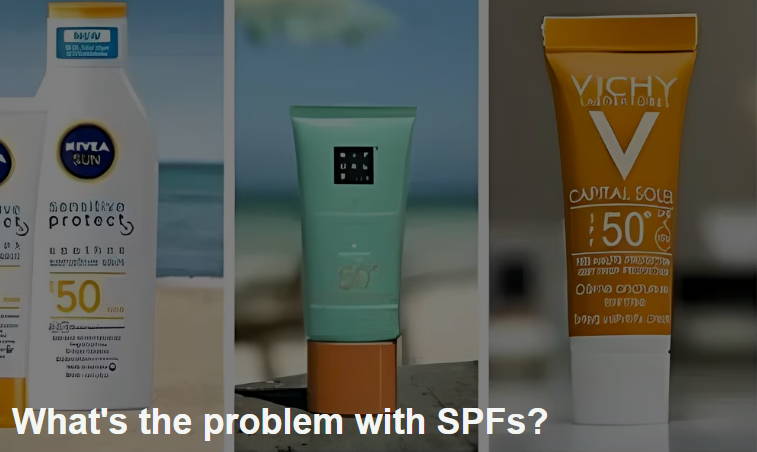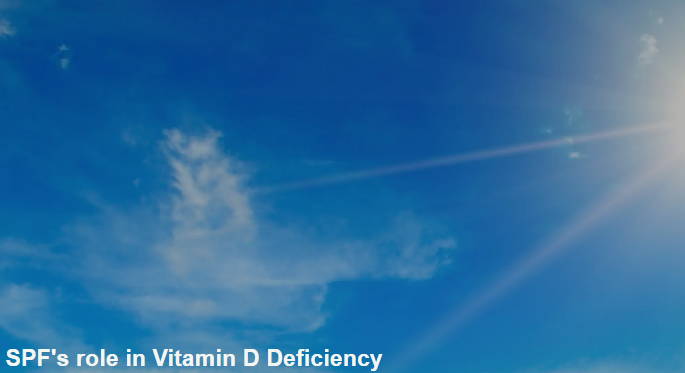Understanding Sun Damage by UV Light
The sun is the single most important factor in our lives. All biological life on this plant depends on it. No sun, No life. But it must be respected. Being in the sun for too long will burn the skin's top layer, which is painful because of the pain receptors.
A cancer risk exists, but not to these top skin cells which will fall off in the next 20–30 days anyway, but below, in the new skin cells, free radical activation is the threat.
How long to stay in the sun?

Some people tan slowly, so it takes time to produce melanin and takes longer, but it will come through if given time, and when it does, you are less likely to burn.
If you plunge into direct sunlight after the winter season and are in it for too long, you will get a surface burn.
What is too long in the sun?
You need to judge this for yourself. If 20 minutes in the sun gives you a redness, then that is enough for that session. The factors are how long it takes for your skin to get red and the level of melanin in the skin after winter.
If you are in the UK, the sun gets stronger each day until summer time, so it's the perfect way to develop your melanin (tan). It’s just enough to get the melanin occurring.You can also go in and out of the sun, which is a good way to build up the melanin.
Once you do tan, you won't burn as fast. In many cases, people are afraid because they are fair-skinned, so during this transit period, it's important to develop your skin's melanin (tan).
Understanding the different Ultraviolet light types
UVA has a consistent intensity throughout the day regardless of cloud cover. It penetrates through clouds, glass, water, and clothing (even hats and umbrella shades)... and it by-passes most SPFs which are designed to stop sun burn (coming from UVB light).
UVA is the primary cause of premature ageing (leathery skin). Whilst it accelerates skin ageing it is also responsible for many types of cancer development.
It's photons get absorbed by free radicals to induce oxidative stress in all skin layers and cells from the epidermis to the dermis. This decay is the premature ageing and breakdown of collagen as well as causing new-forming cells to mutate (cancer) and is the major cause of pigmentation.
UVA Light
UVA passes through clouds, glass, water, and clothing (even hats and umbrella shades)... and by-passes most SPFs
reaches deep into the skin where new cells are forming
activates free radicals to induce oxidative stress which damages collagen, new skin cells and causes pigmentation

Wow ...
harmful activation of free radicals is reduced when they meet certain natural oil ingredients in our products.
Reduced free radical activation from our products means:
Collagen is better protected
Pigmentation damage is reduced
Anti-Cancer ...
Vulnerable new skin cells form without risk of free radical mutation
Sun-forming Vitamin D production is not hindered
UVB Light
UVB light is the sun's heat ray and can cause surface sunburn on the skin. It's actually very rare to contract cancer from UVB damage, as the surface cells are mostly dead or on their way out, so they won't mutate.
UVB's tanning effects vary for different people because of melanin levels. Building up your tan is highly effective in preventing burn.
UVB is mostly blocked by glass, shade, or clothing.
UVB is mostly present in direct sunlight and so relief can be found in shade and is blocked by SPFs
affects the skin surface and over exposure will burn the epidermis
Vitamin D ... 77% lower risk of cancers - Creighton University 4yr study
How Can I Protect Myself from Sun Damage?
Around 90% of the UV light outside is UVA. We need protection in our skin because UVA is so penetrating.
UVA photons activate free radicals to cause oxidative stress in skin cells, but certain oils can stop this deep within our skin.
Our products are formulated to envelop the vulnerable cells with these oils to protect them from damage and mutation from oxidative stress.
We need the sun and the vitamin D it produces in our skin, but we need protection from free-radicals damaging our vulnerable skin cells.
Start today
Using our products below ...
Collagen is better protected
Pigmentation damage is reduced
Anti-Cancer ...
Vulnerable new skin cells form without risk of free radical mutation
Sun-forming Vitamin D production is not hindered
How to use these Body Oils:
The key to using the pre sun Body oil is to make sure that you don’t let the skin burn in the first few days, so for the first 2-3 days of your holiday or in the early part of spring, apply the Body oil regularly onto skin and only stay in the sun for short spells.
If you’re in the sea or the pool, apply the oil after you’ve washed off the chlorine or the salt
Your skin will tell you when it’s had enough sun with a slight tingle or redness. Get some shade or cover up.
Once you’re past the first 2-3 days you will find that the skin starts to take on a healthy glow which you can then build on with regular use of the body oil.
If you’re out and about sightseeing or shopping then applying the NES106 Body Lotion over the top of the pre sun Oil works really well to lock in the oil and leave a matt finish)
If after all of the above, you really can’t bear to be parted from your SPF, put our Oil on first and then apply your SPF product over the top.
However, if you're careful and get plenty of shade and let your melanin come through you will find that you will come away from your holiday with a great tan, no burn and that skin cancer causing UVA, neutralised.



